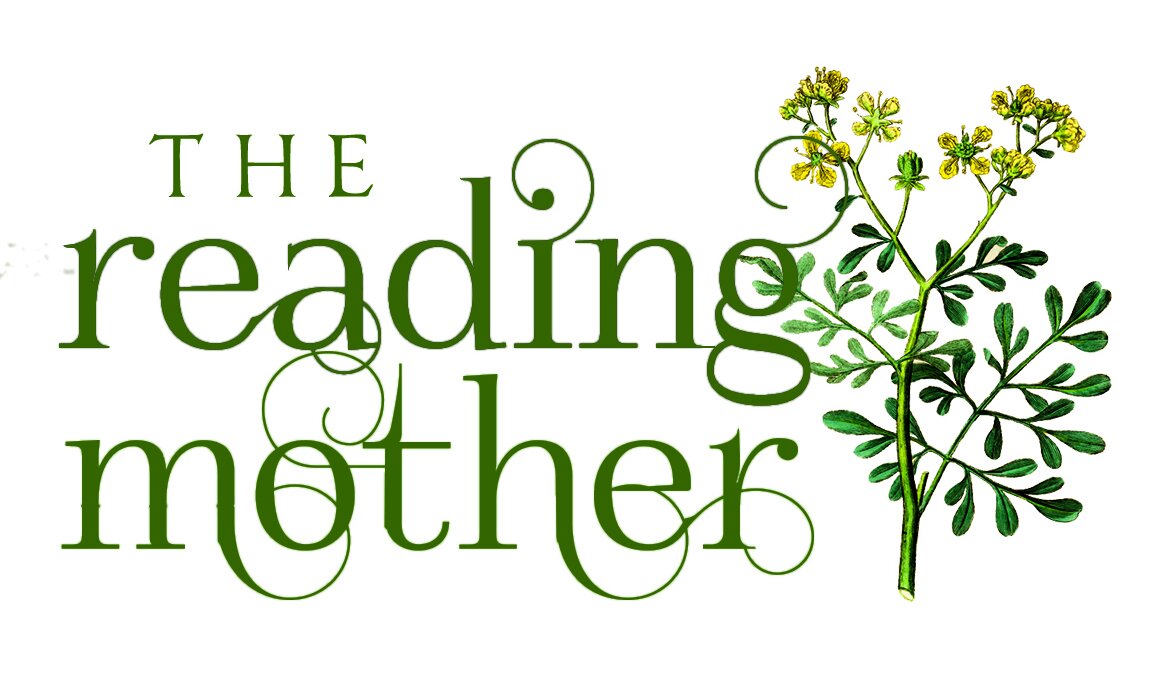The Commonplace Book as “Florilegium”
Here’s an interesting article on commonplace books that details a bit of their history.
One of the original methods to keep, share, and remix ideas was the florilegium, which was a compilation of excerpts from other writings taken mostly from religion, philosophy, and sometimes classical texts. The word florilegium literally means a gathering of flowers — flos (flowers) and legere (to gather).The leading Renaissance humanists, who experienced perhaps the first wave of information overload, were fans of commonplace books as a method of study and note-taking. Generally, these notebooks were kept private and filled with the likes of the classical Roman authors such as Cicero, Virgil, and Seneca.
The article, “Commonplace Books As a Source for Networked Knowledge and Combinatorial Creativity,” is so full of interesting quotations from authors old and new it is practically a commonplace book in itself.

The blog, run by Shane Parrish, is intriguing. From his About page:
My goal is to help you go to bed each night smarter than when you woke up. I’ll do this by giving you tools, ideas, and frameworks for thinking.I’m not smart enough to figure all of this out myself. I try to master the best of what other people have already figured out. Sounds simple, doesn’t it? The best way to do this is to read a lot. And so I make friends with the eminent dead.
Indeed!

